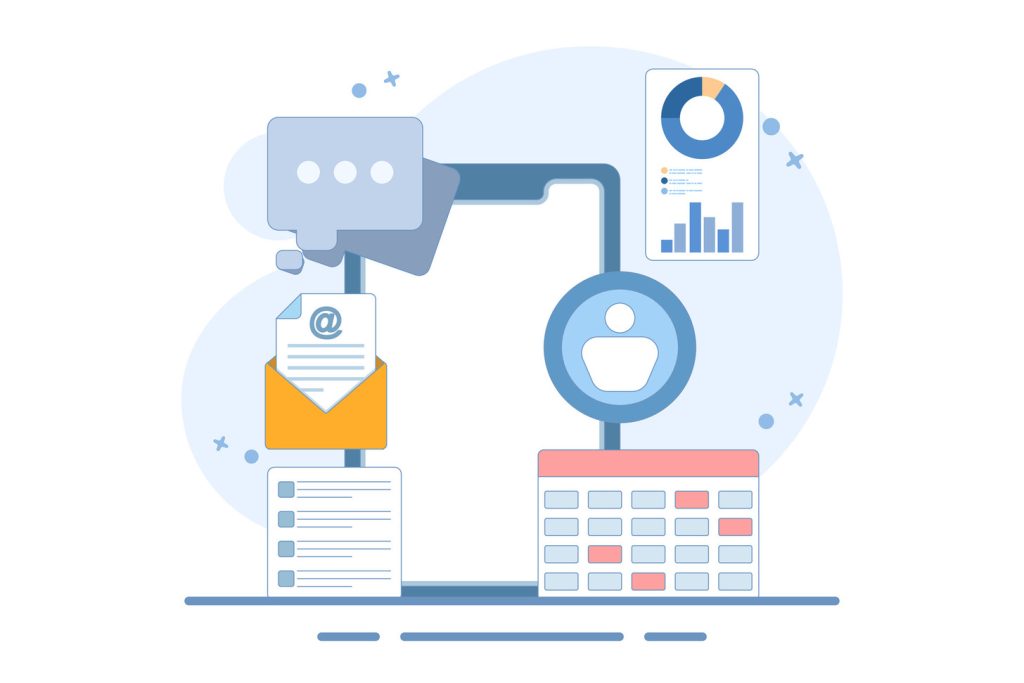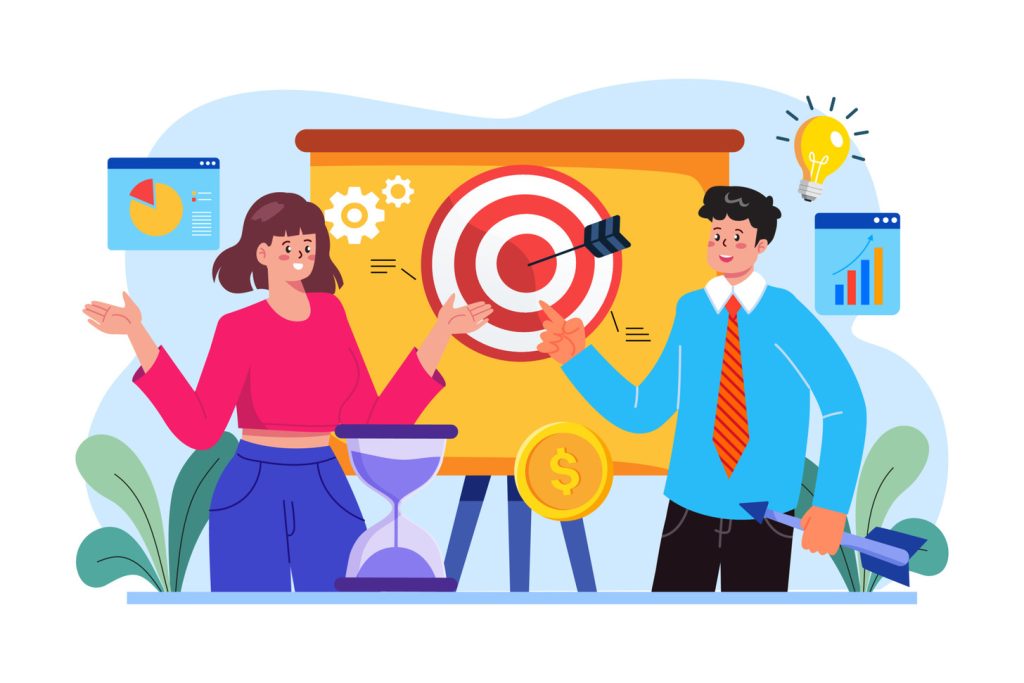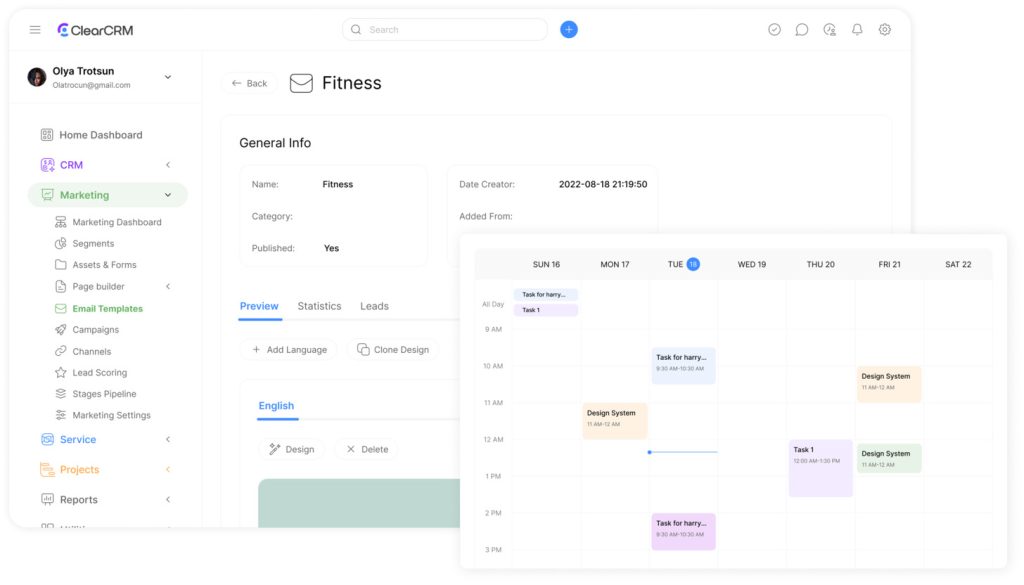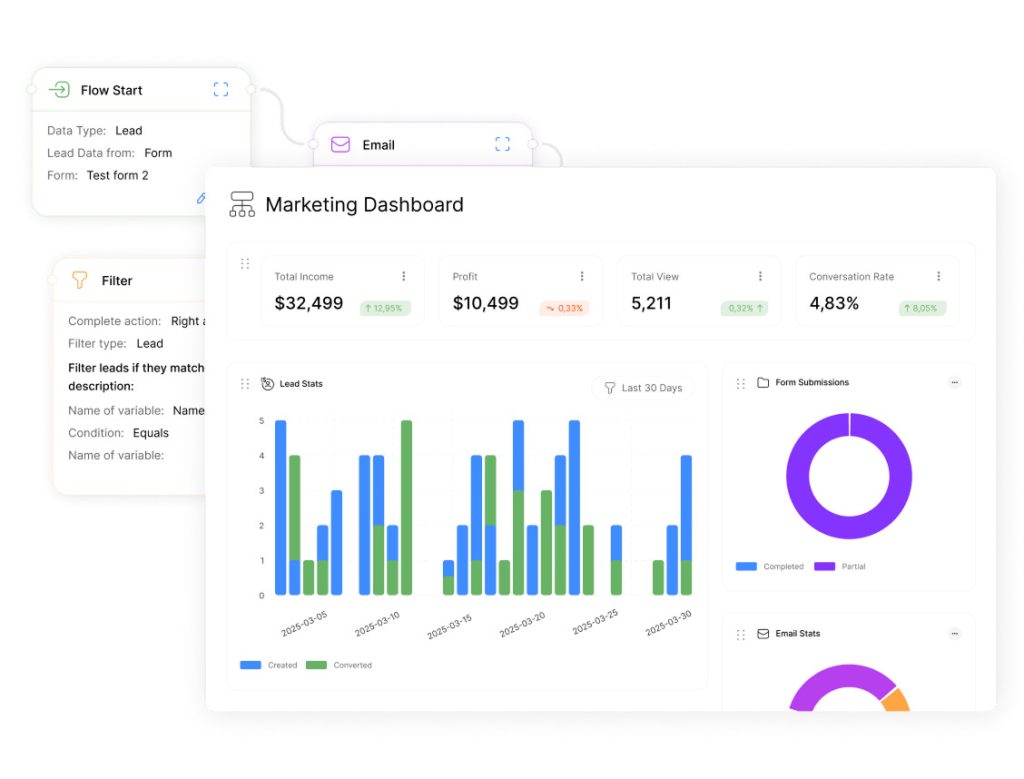How to Create Effective Drip Campaigns And Sequences

Email marketing remains one of the most direct ways to connect with audiences, especially through well-designed drip campaigns. By automating personalized content delivery, businesses can nurture relationships while saving time. This approach transforms sporadic outreach into structured pathways that guide prospects from discovery to action.
Automated messaging systems allow companies to send timely, relevant information without manual effort. These systems analyze user behavior to trigger messages that address specific needs. For example, a new subscriber might receive educational content first, followed by product highlights tailored to their interests.
The true power lies in maintaining consistent engagement. Well-designed sequences deliver value at each stage of the customer journey. They educate leads, answer common questions, and gently push toward conversions. This method outperforms single emails by building trust through repeated, meaningful interactions.
Success requires balancing automation with personalization. Data-driven insights help tailor content to audience segments while maintaining scalability. Companies using these strategies often see higher open rates, stronger lead retention, and improved sales efficiency.
Key Takeaways
- Automated email systems save time while delivering personalized content
- Strategic timing increases message relevance and impact
- Multi-stage sequences outperform single emails in conversion rates
- Behavior-based triggers enhance customer experience
- Balancing automation with customization drives long-term engagement
Understanding the Basics of Drip Campaigns And Sequences
Modern businesses thrive on consistent engagement, a feat achievable through well-structured automated messaging. These systems deliver content when audiences need it most, using triggers like website visits or form submissions. By aligning communication with user actions, companies maintain relevance without overwhelming their audience.
What is Targeted Email Nurturing?
Targeted email nurturing sends pre-scheduled messages that adapt to recipient behavior. When someone downloads an ebook or abandons a cart, specific content fires automatically. This approach moves prospects through sales stages by providing timely information. Behavior-based triggers ensure messages match individual needs, increasing conversion potential.
| Manual Outreach | Automated Approach | Key Benefits |
|---|---|---|
| Reactive responses | Proactive engagement | 24/7 responsiveness |
| Generic timing | Precision scheduling | Higher open rates |
| Limited personalization | Dynamic content | Improved click-throughs |
How Automated Messaging and Drip Campaigns Strengthen Relationships
Automated systems create dialogue pathways that respond to customer signals. When integrated with CRM automation tools, they track opens, clicks, and purchases to refine future messages. This closed-loop process builds trust through consistent value delivery while freeing staff for high-impact tasks.
Companies using these methods see 3x more conversions than single-email blasts. The secret lies in gradual education – each message answers questions before they arise. This strategic nurturing turns casual browsers into committed buyers.
Defining Goals and Audience for Your Drip Campaign

Strategic email programs succeed when built on clear purpose and precise targeting. Before activating any automated series, marketers must answer two critical questions: What measurable outcomes matter most, and who specifically needs tailored communication?
Identify Core Campaign Objectives
Effective strategies start with specific performance benchmarks. A loyalty-focused initiative might prioritize repeat purchases, while lead-nurturing efforts track demo requests. Successful teams tie email metrics directly to business outcomes – 67% of high-performing organizations align marketing KPIs with revenue targets according to HubSpot research.
Segment Your Subscribers Effectively
Audience division separates generic blasts from personalized journeys. Demographic filters like job titles work alongside behavioral signals – website visits, content downloads, or purchase frequency. One retail brand increased conversions by 41% after grouping customers by product interest and shopping cadence.
Dynamic segmentation tools automatically update contact lists based on real-time interactions. This ensures recent engagers receive timely follow-ups while inactive subscribers trigger re-engagement workflows. Precision grouping creates relevance at scale, turning broad messaging into individual conversations.
Crafting Engaging Drip Campaign Content
Effective communication hinges on delivering value that resonates immediately. Strategic messaging balances educational insights with clear directives, guiding recipients toward meaningful interactions. This approach transforms casual readers into active participants.
Personalize Your Email Copy
Dynamic content elevates relevance by addressing individual behaviors. A customer who browsed winter coats might receive tailored suggestions based on their preferences. Data-driven segmentation allows references to past purchases or abandoned carts, fostering authentic connections.
Subject lines demand precision. Keep them under 50 characters to avoid truncation. For example, “Your Spring Style Guide” outperforms vague alternatives. Always align headers with the message body to maintain trust.
Design Compelling Visuals and Calls-to-Action
Visual hierarchy directs attention. Use contrasting colors for buttons like “Download Now” or “Schedule Demo.” Ensure layouts render flawlessly on mobile devices, where 46% of emails get opened according to Litmus data.
White space and subheadings improve readability. Pair concise text with supportive imagery that reinforces key points. Test multiple CTA placements to identify high-performing positions without overwhelming readers.
Timing and Frequency: Scheduling Your Drip Emails

Mastering message timing transforms automated series into conversion engines. The first communication should activate within 15 minutes of a subscriber action, capitalizing on peak interest. A retail study found immediate follow-ups achieve 63% higher open rates than delayed responses.
Optimizing Communication Intervals
Strategic spacing prevents audience fatigue while maintaining momentum. New leads often benefit from three messages weekly during onboarding, reducing to biweekly as relationships mature. High-value products require longer intervals – 5-7 days between emails allows time for consideration.
| Immediate Follow-Up | Delayed Approach | Impact |
|---|---|---|
| Within 1 hour | 24+ hours later | 34% higher CTR |
| Behavior-triggered | Fixed schedule | 2.1x conversions |
| Lifecycle-based | One-size-fits-all | 41% lower unsubscribes |
Testing reveals optimal send times vary by industry. B2B audiences engage most Tuesday-Thursday mornings, while e-commerce sees weekend spikes. Always align with your specific audience behavior patterns through A/B testing.
Monitor response metrics weekly. If click-through rates drop 15%+, adjust intervals. Successful programs evolve through continuous refinement – what worked last quarter may need recalibration as market conditions shift.
Leveraging Automation Tools for Effective Campaigns
Advanced automation platforms empower organizations to deliver personalized experiences at scale. These systems transform how businesses nurture customer relationships through intelligent workflows. The right combination of technology and strategy turns repetitive tasks into growth opportunities.
Selecting Core Platform Capabilities
Powerful solutions combine intuitive design with robust functionality. Look for drag-and-drop editors that simplify message creation without coding skills. Pre-built templates accelerate launch timelines while maintaining brand consistency.
Integration potential determines long-term success. Platforms connecting to CRM systems and e-commerce tools create unified data ecosystems. Real-time synchronization ensures every interaction informs future communications, from abandoned cart reminders to post-purchase follow-ups.
Scalability separates basic tools from enterprise-grade solutions. Top services handle list growth and complex branching logic effortlessly. Mailchimp and HubSpot excel here, offering tiered plans that adapt to evolving needs.
Analytics integration proves critical for optimization. Behavior tracking reveals which messages drive opens versus conversions. Lead scoring features automatically prioritize hot prospects, enabling sales teams to focus efforts effectively.
“Companies using automated lead management see 14.5% higher sales productivity” – Salesforce State of Marketing Report
A/B testing tools remove guesswork from optimization. Compare subject lines, send times, or CTAs to identify high-performing variants. ActiveCampaign users report 27% better engagement rates after implementing systematic testing.
Integrating Multi-Channel Strategies for Enhanced Reach

Businesses achieve maximum impact when communication channels work in concert. Email marketing gains strength when paired with social media interactions, creating a cohesive journey that adapts to customer preferences. This synergy addresses users where they’re most active while reinforcing core messages.
Unifying Digital Touchpoints
Social platforms extend email campaign reach by providing alternative engagement avenues. A lead who discovers your brand through Instagram ads might later receive tailored email content matching their interests. Cross-platform tracking identifies these connections, enabling personalized follow-ups.
| Single-Channel | Multi-Channel | Advantage |
|---|---|---|
| Limited visibility | 360° brand exposure | +27% recall |
| Static messaging | Adaptive content | 41% higher CTR |
| Manual tracking | Unified analytics | Faster optimization |
Platform-specific content keeps communication fresh. Email sequences might deliver detailed product specs, while social posts showcase real-world applications. This approach respects each channel’s strengths without diluting brand voice.
Entry points matter. Users from LinkedIn lead-gen forms often need educational content, while website visitors respond better to offers. Matching messages to origin channels increases relevance and shortens conversion cycles.
“Brands using 3+ channels retain 89% more customers than single-channel users” – Martech Alliance
Regularly test channel combinations. Some audiences prefer SMS updates after email opens, while others engage via retargeted ads. Dynamic strategies evolve with consumer behavior, maintaining momentum across the sales funnel.
Analyzing Campaign Performance and Iterating for Success

Measuring outcomes separates effective strategies from guesswork in digital engagement. Businesses must treat automated outreach as evolving systems requiring regular evaluation. This approach transforms raw metrics into actionable insights that fuel growth.
Key Metrics to Monitor for Continuous Improvement
Open rates reveal subject line effectiveness, while click-through rates measure content relevance. Conversion rates show how well messaging drives desired actions. Track these weekly to spot trends early.
Prioritize data showing audience segmentation gaps. If certain groups show low engagement, refine targeting parameters. Update content based on these findings to maintain alignment with subscriber needs.
A/B Testing and Data-Driven Optimization
Split-test email elements to identify high-performing variations. Compare subject lines, layouts, or call-to-action placements. One financial service increased conversions by 19% through button color testing.
Use results to update automated workflows systematically. Adjust send times for underperforming segments or revise follow-up intervals. Continuous refinement ensures programs adapt to changing consumer behaviors.

